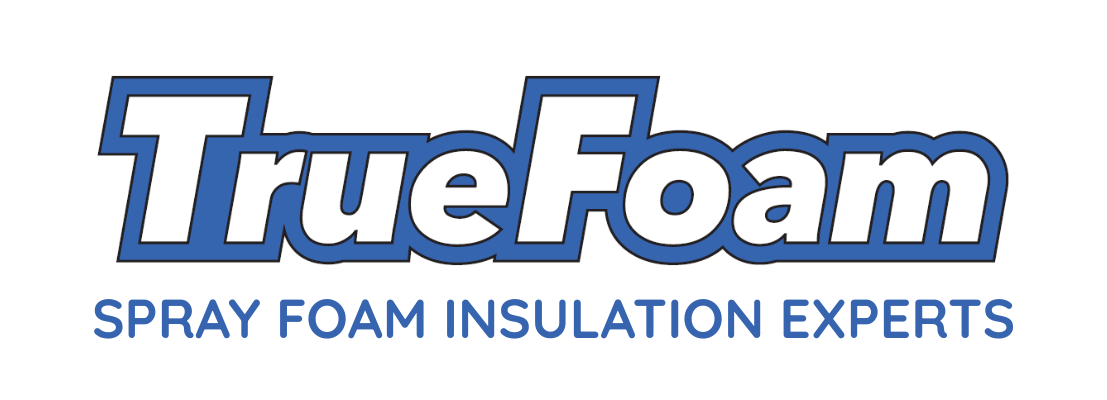FAQs
TrueFoam
Have an insulation-related question? We have the answer. Check out these FAQs and give us a call today for more information!
How long does it take to cure?
Spray foam insulation expands to approximately 100 times its initial volume within 4-10 seconds. Research has shown that after 24 hours of active ventilation following application, the spray foam insulation is considered safely cured.Can spray foam change physically over time?
Spray foam products are chemically inert, which means they maintain their physical and chemical properties over time without changing.Does the foam entrap moisture?
Open-cell spray foam insulation allows water vapor to pass through, enabling moisture from concrete or lumber to escape as the building dries. Closed-cell spray foam insulation repels bulk water and prevents mass transfer of moisture, reducing the risk of mold growth.How environmentally sound is spray foam?
Spray foam is considered environmentally friendly due to its air sealing properties, which improve indoor air quality and reduce energy consumption and greenhouse gas emissions. It is listed in eco-friendly product directories like GreenSpec® and Green Wizard, which are based on independent research.Are there any harmful emissions?
Spray foam is safe for both occupants and the environment. Most products are water-blown and do not emit HFCs or HCFCs. Testing has shown no detectable VOCs 30 days after installation. Manufacturers recommend 24 hours of ventilation for full curing. Many environmentally conscious homeowners prefer spray foam insulation.How long has spray foam been available and in use?
Spray foam insulation has been in use since 1986 and has been applied in millions of buildings across more than 30 countries on four continents. It has been featured on popular home improvement television shows such as 'This Old House' and 'Your New House'.Does spray foam support bacterial and/or fungal growth?
Spray foam insulation does not provide nutrients for bacterial or fungal growth. It also does not retain water, creating an unfavorable environment for fungal spores. A University of Texas study found spray foam to be the most effective in preventing mold growth compared to other insulation types tested.


